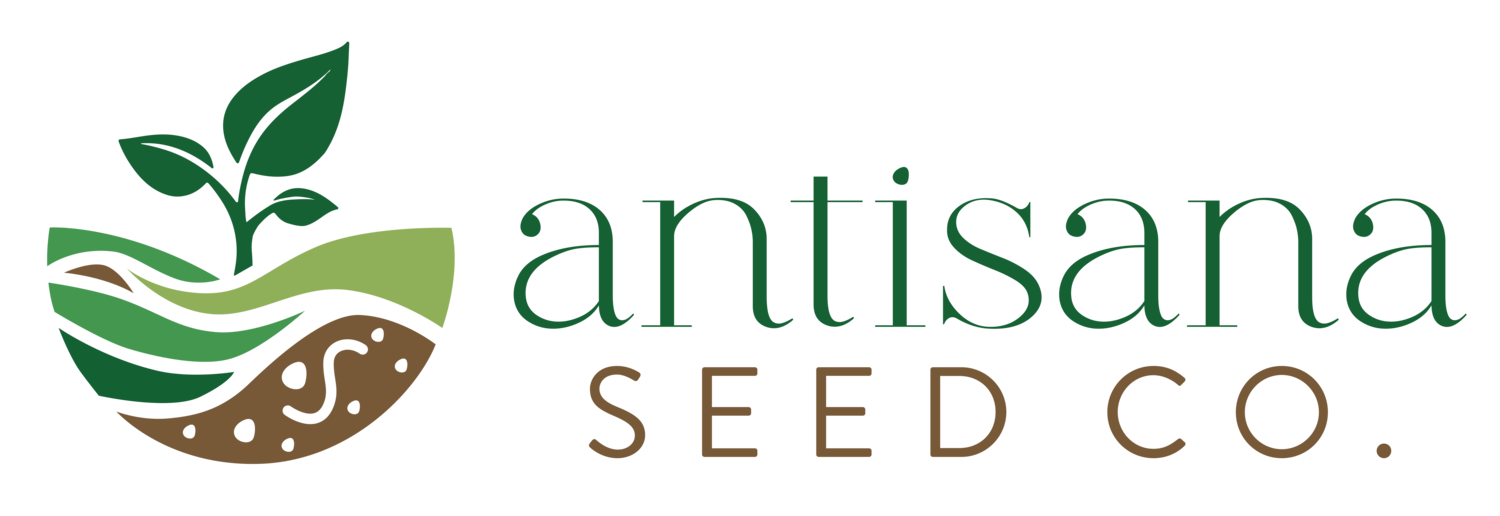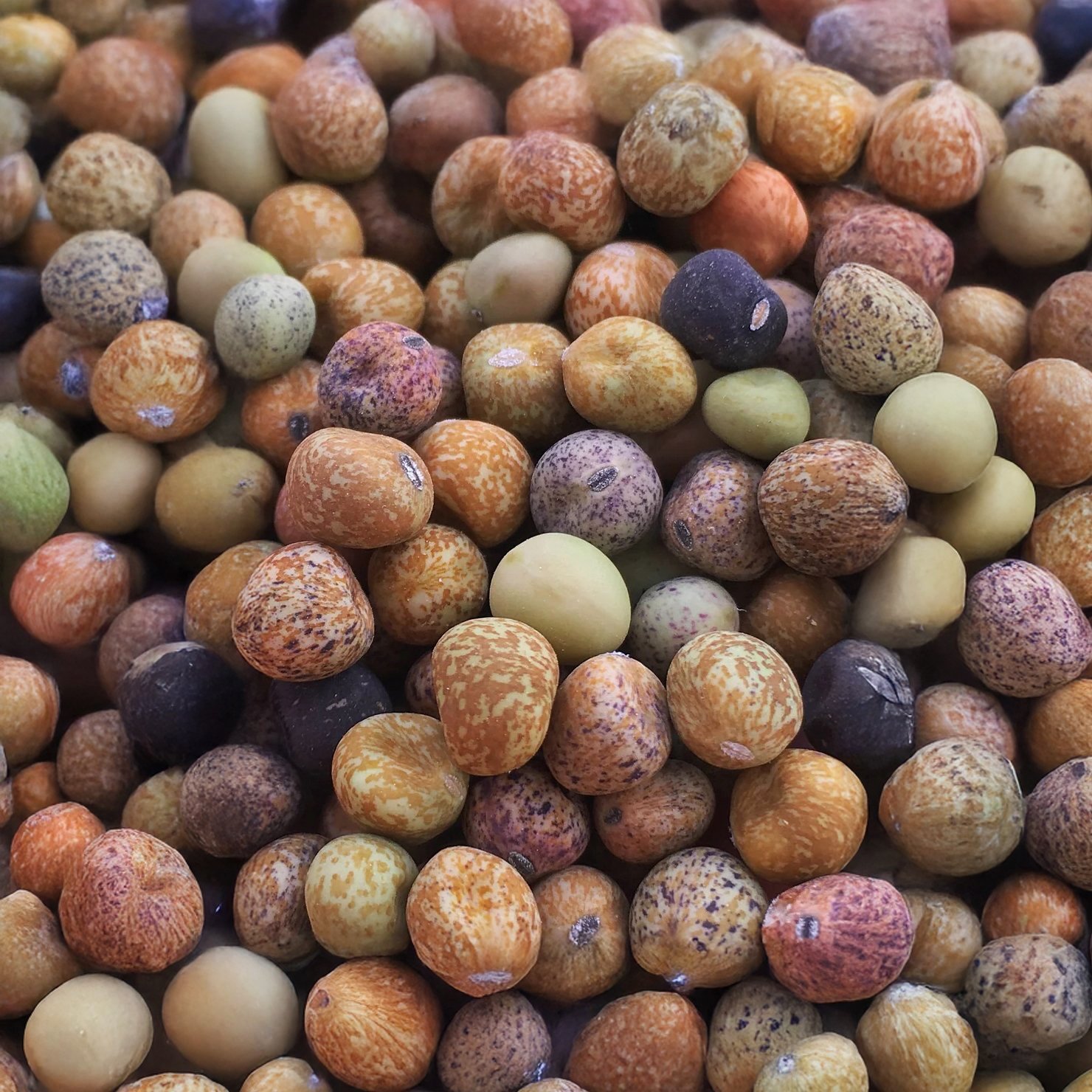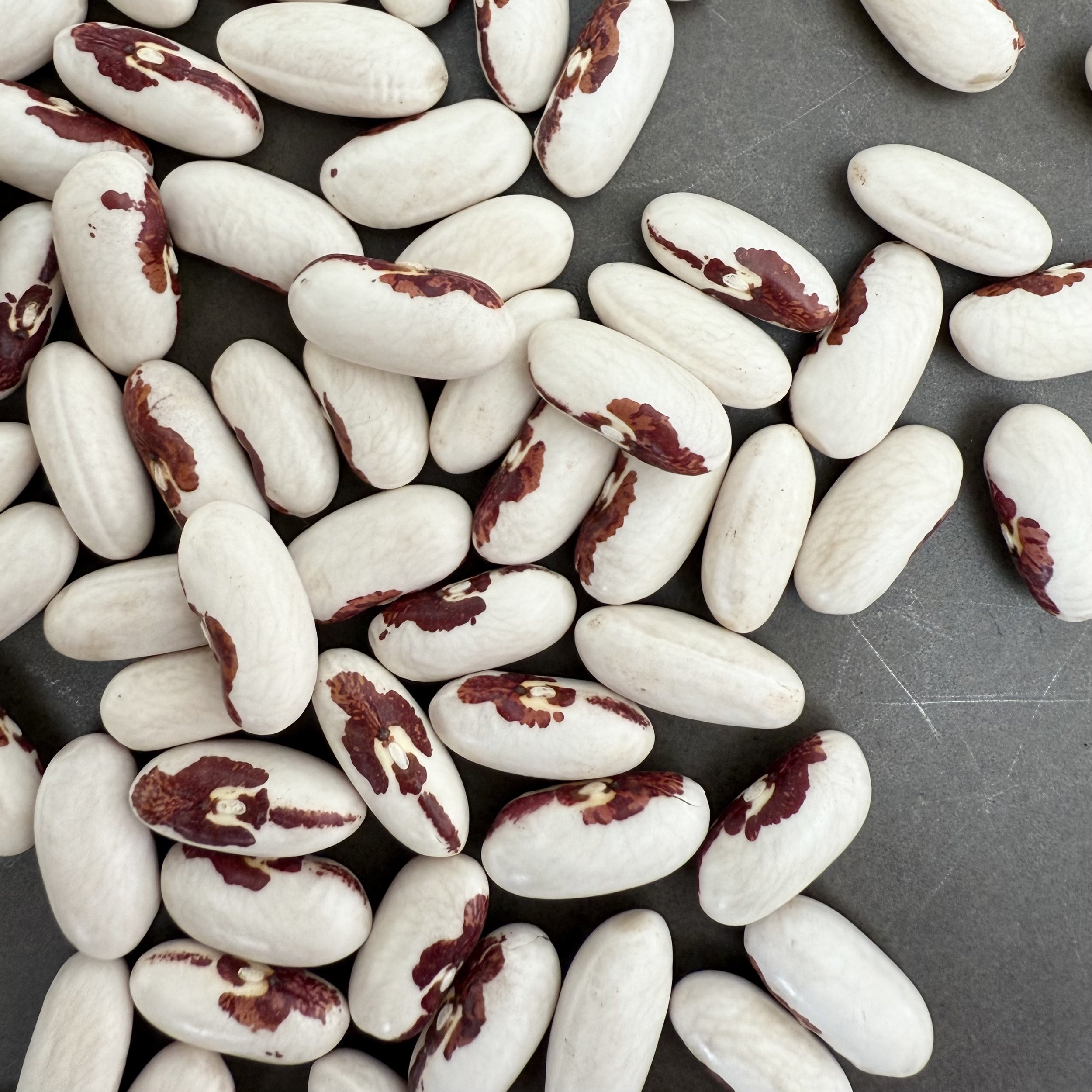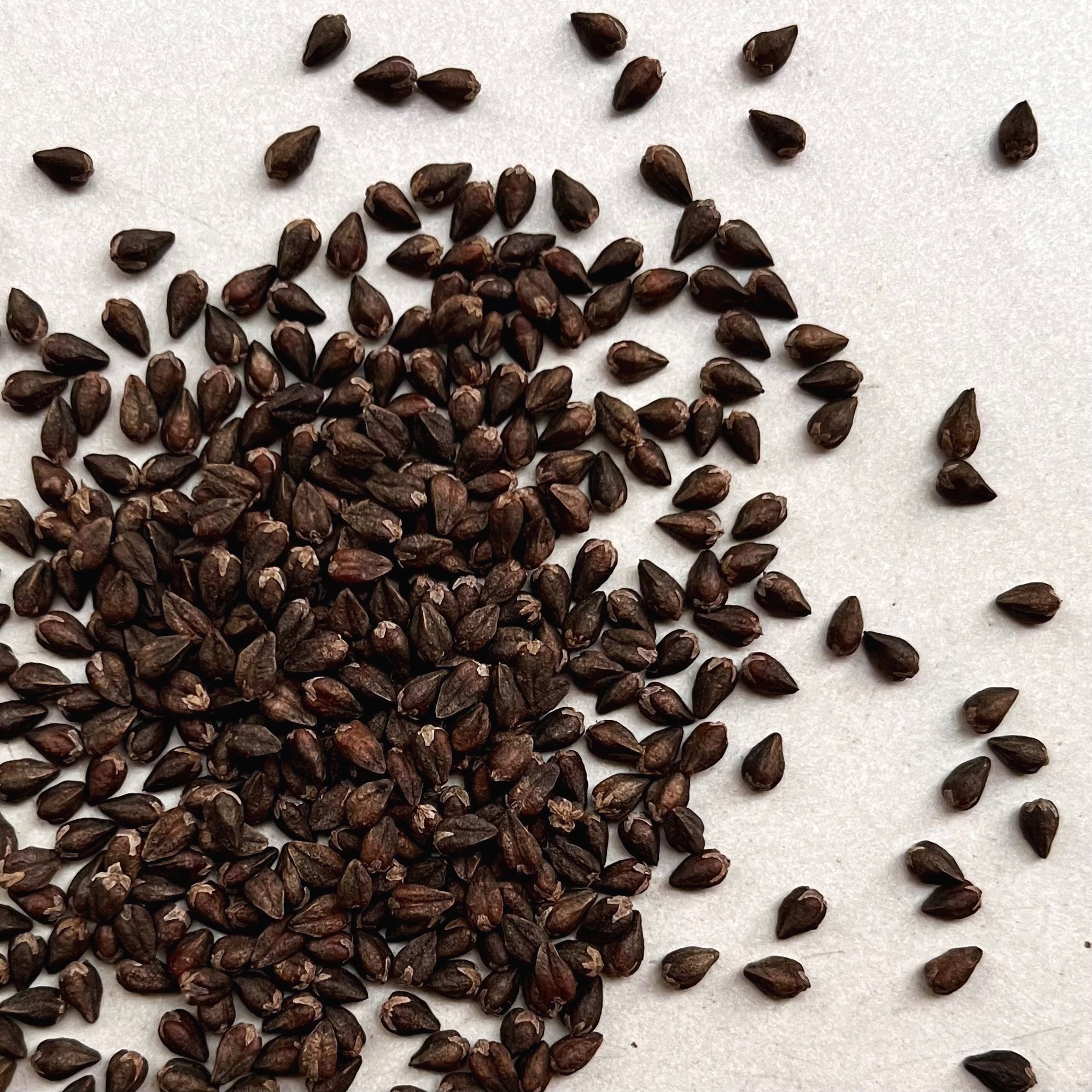 Image 1 of 1
Image 1 of 1


Wheat, Khorasan
Product Description: (Triticum turanicum) The disappointment of biting into a gritty and bitter whole wheat pasta is hard to avoid. We may remind ourselves that the extra fiber feeds our microbiome and tamps down blood sugar spikes. Yet the allure of a silky white pasta never ceases to catch our attention.
Khorasan wheat (known commercially as Kamut) is a living example that whole grains don’t have to be a sacrifice. Modern hybrid varieties are bred to have a thick and brittle bran that efficiently flakes off when passed through a roller mill, leaving behind nothing more than the starchy white endosperm within. The flavor of that discarded bran is generally an afterthought. After all, it wasn’t really meant to be consumed.
But for most of human history, grains were food, not just empty calories. That outer bran layer that we’ve grown to despise was once soft, thin, flavorful, and nutritious — traits that Khorasan wheat exemplifies with ease. The sweet flavor and buttery mouthfeel of this ancient grain are its reasons for being. The richness of protein, fiber, and micronutrients are merely welcome bonuses. Open-pollinated. Awned. 100 seeds per packet.
Growing Information: For the best results, direct seed in full sun as soon as the soil can be worked in the spring. Sow seeds 1 cm (1/2”) deep with 10 cm (4”) spacing in rows 15 cm (6”) apart. When the plants are nearing ankle height, re-sow any patches with thin germination, as this variety performs at its best with neighbors nearby.
Harvest once the stalks have dried down thoroughly and the grains can no longer be dented with your fingernail. If necessary, cut the stalks at the base and tie them into bundles to finish drying indoors. Once ready, separate the grain and stalks with a thresher or by hand, then winnow the isolated grain to remove any remaining chaff. Spring planted. 120 days to maturity.
How To Save Wheat Seeds
Saving wheat seeds is incredibly simple but if you don’t have a mechanized thresher, be sure to wear gloves. Once the seed heads are dry, rub them between your hands to break the seeds loose. Winnow off the chaff, then store the cleaned seeds in a cool, dry location until you are ready to plant again.
Product Description: (Triticum turanicum) The disappointment of biting into a gritty and bitter whole wheat pasta is hard to avoid. We may remind ourselves that the extra fiber feeds our microbiome and tamps down blood sugar spikes. Yet the allure of a silky white pasta never ceases to catch our attention.
Khorasan wheat (known commercially as Kamut) is a living example that whole grains don’t have to be a sacrifice. Modern hybrid varieties are bred to have a thick and brittle bran that efficiently flakes off when passed through a roller mill, leaving behind nothing more than the starchy white endosperm within. The flavor of that discarded bran is generally an afterthought. After all, it wasn’t really meant to be consumed.
But for most of human history, grains were food, not just empty calories. That outer bran layer that we’ve grown to despise was once soft, thin, flavorful, and nutritious — traits that Khorasan wheat exemplifies with ease. The sweet flavor and buttery mouthfeel of this ancient grain are its reasons for being. The richness of protein, fiber, and micronutrients are merely welcome bonuses. Open-pollinated. Awned. 100 seeds per packet.
Growing Information: For the best results, direct seed in full sun as soon as the soil can be worked in the spring. Sow seeds 1 cm (1/2”) deep with 10 cm (4”) spacing in rows 15 cm (6”) apart. When the plants are nearing ankle height, re-sow any patches with thin germination, as this variety performs at its best with neighbors nearby.
Harvest once the stalks have dried down thoroughly and the grains can no longer be dented with your fingernail. If necessary, cut the stalks at the base and tie them into bundles to finish drying indoors. Once ready, separate the grain and stalks with a thresher or by hand, then winnow the isolated grain to remove any remaining chaff. Spring planted. 120 days to maturity.
How To Save Wheat Seeds
Saving wheat seeds is incredibly simple but if you don’t have a mechanized thresher, be sure to wear gloves. Once the seed heads are dry, rub them between your hands to break the seeds loose. Winnow off the chaff, then store the cleaned seeds in a cool, dry location until you are ready to plant again.





